Lithium developers have felt the wrath of mining’s boom and bust cycles after prices tumbled more than 80% in a year
But Patriot Battery Metals shares surged 15% on Thursday after former Pilbara Minerals MD Ken Brinsden made a stunning return as the Canadian explorer’s CEO
Hear why Brinsden’s back and why he thinks Patriot’s Corvette could be the next lithium mega project
Lithium sentiment has been torched over the past 15 months as prices for spodumene concentrate have tumbled from over US$8000/t to just US$850/t yesterday.
The biggest, lowest cost miners appear to be shielded for now.
Pilbara Minerals (ASX:PLS) and Mineral Resources (ASX:MIN) say their mines are still turning a profit — MinRes boss Chris Ellison thinks it would take prices under US$600/t to lose his company’s hard-earrned.
But the magnitude and speed of the pratfall has devastated the smaller end of the market.
Sayona Mining (ASX:SYA) on Thursday announced 14 redundancies as part of an ongoing operational review at its North American Lithium operations in Canada.
Liontown’s (ASX:LTR) torpor since the collapse of its planned $6.6 billion takeover by Albemarle last year got worse last week, its shares around two-and-a-half year lows after a revision to pricing forecasts by Wood Mackenzie were blamed for a rug-pull on a $760 million debt finance package for its Kathleen Valley mine.
That’s not to mention Core Lithium (ASX:CXO), which has paused mining and will only process stocks to save costs at its Finniss mine in the NT.
Investors in lithium developers are in need of a hero. And retail investors found it on Thursday when Patriot Battery Metals (ASX:PMT) announced its non-executive chairman Ken Brinsden would move from Perth to Montreal to take over as the C$1 billion dual-listed stock’s CEO and president.
Brinsden’s time at Pilbara Minerals, where he stood aside for Dale Henderson in 2022, saw the company ride the cycles through the first electric vehicle-led lithium boom in 2016 through the ‘Lithium Winter’ of 2018-2020 and into the last boom that made the company one of the largest and most profitable miners in the ASX 50.
His role in the last lithium boom went beyond that into price discovery (and some would say setting) himself, with Brinsden’s PLS charting the boom in spot prices by selling material to hungry chemical converters via its online Battery Material Exchange auction platform.
Now he’s looking to repeat the feat with Albemarle-backed Patriot, which inspired a rush into the James Bay region of Quebec with its Corvette discovery, now North America’s largest hard rock lithium deposit with an inferred JORC resource of 109.2Mt at 1.42% Li2O.
We caught up with Brinsden shortly after his appointment was announced to talk about his return to management and his thoughts on what could end the lithium industry’s cycle of boom and bust.
So how long has this been in the works?
“The conversations got more serious in the latter part of last year and between myself, the balance of the board and Blair we started to talk about what’s required for the next steps in the company.
“Between especially Blair, myself, and Pierre our newly minted chair, all agreed that it was a constructive step to establish the local leadership and take a step up locally in the Quebec community and show that we’re deadly serious about the development of the project and engaging with all the stakeholders.
“From my personal point of view, it’s very much the case that the project has got incredible merit and its scale is going to be, I think, a key contributor to the development of this new North American and European supply chain so I really couldn’t help myself and felt like I had to be a part of it.”
Having your success with Pilbara, you could well have sort of sat on the sidelines. What made you want to get back into the direct management side?
“I really enjoy the building piece, Josh.
“I guess I’ve learned over the course of my career that’s the stuff that really motivates me — building the team and creating the culture in the company that’s going to help deliver what we think is a pretty amazing project.
“So, with that as a backdrop, and then seeing the motivation in Quebec itself to build this industry almost from the ground up, just makes me want to be a part of it. The provincial government here is deadly serious about the lithium-ion battery supply chain and they’re matching that with a combination of dollars in support of the development in the industry, but also in kind.
“The political will and the motivation to get on with it, make decisions, attract capital, attract intellectual capital, and they’re getting the runs on the board.
“They’ve got POSCO, they’ve got GM, they’ve got LG, they’ve got Northolt. And we would argue soon to have the Corvette project so what more could you want? It’s a pretty amazing picture over here.”
When you left Pilbara Minerals a couple of years ago the lithium industry was really on a high. It was looking at a shortage that we thought could almost last forever and it’s really turned around now. Do you think that were close to a bottom in the lithium price that would support and moving back towards something that would support Corvette, or is there still a lot of water to run under the bridge?
“It’s a cycle that perhaps no one unexpected in light of the heavy prices that had been achieved, especially in the China market. I’ve got to say, though, that China has the effect of being a bit of a magnifying glass. It does it on the way up but equally, it does it on the way down, and it’s not constructive to sentiment.
“That sort of volatility the average equity investor kind of hates, in a manner of speaking, especially if they’re on the wrong side of the trade. A better proxy for the health in the industry, I think is to watch what’s happening in pricing in Japan and Korea, where pricing never got as high as it did in China.
“So, to me, the obsession with China and the volatility there is not a healthy paradigm for the industry. And by the way it’s another one of the reasons why the supply chains around the world need to continue to diversify because China dominates the market.
“They’re producing 80% of the world’s value-added lithium chemicals. So it’s really got to be broken open by the Western world and especially in North America. So I’m really motivated to help make that happen and we think we’ve got a significant project that’s going to underwrite a lot of capacity in North America.”
Some companies here have gone into downstream processing, but others have said there needs to be more Government support. Do you think that will draw investment away from Australia to new hard rock lithium areas like Canada?
“Well, yes and no, perhaps not to the degree that I think you’re thinking about because Australia and Western Australia has attracted quite a bit of capital when you think about the plants that have been built or are being built. The next big mover is the Koreans.
“So I would expect them to deploy more capital, exercising their strength in the industry, and actually also the engineering and technology piece that’s a key part of those value added lithium chemical plants and making it happen elsewhere around the world.
“So it’s already happening in Korea, POSCO is building there. I believe there’s quite a few Korean groups looking at North American facilities for the value added lithium chemicals. When it’s all said and done, they’re probably the next big mover beyond China.
“Does that translate to somehow Australia loses? I don’t think so, it’s not quite like that. I actually think Western Australia has done pretty well to get to the position it’s in and even attract the capital that relates to those plants that are under construction. That’s quite different compared to where Australia has been historically in the value added space beyond just mining.
“Could it be more over time? My bet is that it’s more akin to where Pilbara Minerals is headed with their midstream products. I actually think that’s quite a good solution for West Australian producers because you don’t have to invest quite as much capital as what’s required for the very sophisticated high purity lithium chemicals plants. But you still get a lot of benefits in value added product and price, and leaving a lot of waste and a lower carbon footprint in the supply chain.
“So for all those reasons, I think it’s a logical solution, especially for scale in Western Australia. When we think about the development of Canada, it probably looks a bit more like what’s already happening in Western Australia. There’ll be several chemical plants and several mines and they should all work there.”
And you’re confident that the collapse in prices that we’ve seen now isn’t going to put a roadblock in the way there? We’ve already seen the announcement today on Sayona cutting staff and reviewing their operations.
“It’s torture, isn’t it? Unfortunately, we’ve seen this movie before. It’s all part of the cycle, isn’t it? Now, the good news is that a lot of the mines had money in the bank so it doesn’t mean that they’re going under but it does it mean that they slow production or cut cost, you’d say that’s an obvious conclusion to draw.
“But again, I just make the point. If you’re mining spodumene and it’s going to China you suffer from whatever volatility is derived in the China market. But ex-China, there is still a very healthy margin for lithium chemicals.
“So what the Western world needs to do is get serious about the development of these alternative supply chains that are more stable and more reliable. That’s actually what needs to happen in support of a healthy lithium-ion battery and EV supply chain. The very fact that the whole world is reliant on China is a problem and needs to be solved.”
Would that then mean more predictable price forecasting for someone looking to get in production in the future like Patriot to avoid problems like what we’ve seen with the debt rug being pulled from under Liontown this week?
“That’s absolutely right. More stability in pricing will translate to a healthier ecosystem. You won’t have those massive run ups in price to create super profits but equally you won’t have the crash or the lithium winter that emerges when China thinks the price should be US$10, or US$12 or US$13,000 a tonne.”
Is that something you genuinely view as being realistic that the world will be able to invest in and build that capacity outside of China that makes the industry more like a gold or a copper where it’s not only the Chinese market that sets the price?
“I think the evidence points to exactly that point even today because that’s the distinction I guess I’m drawing between lithium chemicals being bought in Japan and Korea. They’re not the lowest of lows like they are in China today, but equally, they didn’t attract the highest of highs that China did.
“My contention would be look at what’s happening there and that’s not a bad proxy for the environment that can be established in North American markets and can be established in European markets. It’s just that the industry has to invest more capital there to facilitate that aim.
“And of course, the spin off that you also achieve is independence in your supply chain. And all of those things in my mind are absolutely key to the survival of the Western car industry and then a little bit further upstream battery industries. If they continue to remain reliant on China, that will be a problem as the industry migrates towards EVs and away from ICEs.”
Just turning to Corvette itself, you had the resource announcement last year and considering the current pricing environment, is the focus now going to be about getting that drilling done and seeing how big you can make it?
“We’re doing a bit of both actually because we still need to progress the engineering studies. So the engineering studies rely on a reserve. You need to have printed your reserve and that becomes the the key economic backbone of your subsequent feasibility studies. So we have to do some infill drilling.
“But we’ve got a pretty big program going on with up to 10 rigs and I think you could say it’s roughly 50-50.
“Half of the rigs are doing infill. That is going to ultimately create a reserve that supports our engineering studies and then the other 50% of the rigs are either doing the equivalent of geotechnical work or water work, or exploration because we have a lot of confidence in continuing to grow the endowment and the resource at the project.
“It’s a pretty amazing piece of geology, so we’re keen to show what it can deliver.”
In terms of the approvals and the permitting, you’ve got kind of a different situation there to what you had when you were operating in Western Australia where you’ve got the lake system and you’ve got the Cree group that you’re liaising with. Do you feel like those are going to pose the sort of challenges that you wouldn’t have if you were operating in a jurisdiction like Australia or Brazil?
“I’ve taken some heart actually from the time I’ve spent over here, understanding the way the system works, and I’ve somewhat jokingly said it’s a French-speaking WA because the mining industry is a big part of the economy here.
“It’s well supported by government and mostly, I think, by the community. I wouldn’t make the comparison between say Quebec or even New South Wales and Victoria and say it’s like that. It’s much more like Western Australia where the Average Joe understands the significance of the mining industry and what it creates in terms of economic benefit.
“We did Pilgangoora and it was two years from submission of our environmental approvals documents to the commencement of construction. We’ve mapped our pathway through to the commencement of production and it’s going through the process of checking now that we’ve submitted our documents with Government and commenced in earnest our engagement with the Cree.
“And we think that process is about three years in Quebec, so is it really that different? I’m not sure it is, Josh, I think I think it’s a pretty good jurisdiction to be building a mine in. Put it this way. I’d much rather be building a mine in Quebec than in Victoria or New South Wales in Australia.”
We have seen a pretty prolonged process though down the road at James Bay where Allkem or now Arcadium is.
“I don’t think that’s a good example because there’s a period of time there in 2019, 2020 and 2021, when nobody was spending a cent on lithium projects to see them progress. And it’s kind of convenient now to point to the approvals process and say ‘oh, that was an issue’. I don’t think that argument really holds water.”
In terms of the pricing now, at this lithium price, would you envisage being able to get a project like Corvette up and running?
“I do think it needs to be looked at through a different lens. There’s mega projects in the lithium world, and then there’s kind of the rats and mice projects.
“I really want to put Corvette in the category of being one of those mega projects, in which case it attracts a different layer of capital to its development. In Western Australia, there’s really the big four — there’s Greenbushes, Wodgina, Pilgangoora and you might put Mt Holland in there, the SQM-Wesfarmers joint venture, and then there’s a reasonably significant step down.
“They’re the projects that have the 600,000-1Mt equivalent spodumene production capacity. The analogy I often use is to say they’re like the Mining Area C or Yandis of the iron ore world — mega mega mines.
“So we think that we’ve got one of them in Corvette. Now, we have to do more drilling, of course, and we intend to. But all the evidence is there to point to it being a significant project over time, and that will attract a different pool of capital.
“I guess the other layer to throw in there too is to say you’ve only got to look at the extent to which Quebec itself has spent its own money to support the development of this lithium-ion supply chain and they’ve now spent billions attracting key project players to the development of the industry.
“So I would argue there’s another pool of capital there that can help realise the potential in a project like Corvette as well.”
From this vantage point where lithium just seems to keep spiralling down, can you see a correction coming?
“With EV sales at let’s say 30% growth you can you use that as a rough proxy for where it’s all at. When the industry is growing at that pace downstream it is virtually impossible for the raw material world to keep up with.
“What we’re seeing here is a bit of an air pocket in the combination of China talking the price down and drawing down stocks as compared to there being an outright glut of new lithium raw material coming through.
“So my take on where the industry is at is, in fact, there will be a correction and there’s a reasonable chance that will be pretty significant when it comes back, because of the after effects of that shock.
“China’s overplayed its hand and we’ll see, a reasonably significant price appreciation within a relatively short period of time on the proviso that the industry continues to grow at that pace.
“So what that translates to is if if it’s 30% growth downstream, that’s telling you that you need a minimum of new production in lithium raw materials of about 300-350,000 lithium carbonate equivalent tonnes (a year).
“That is three Pilgangooras in one year. So the reality is when that happens, the industry can’t deliver it.”
Patriot Battery Metals (ASX:PMT) share price today
The post The Patriot we need?: Lithium legend Ken Brinsden is donning the cape again to prepare for the next upturn appeared first on Stockhead.


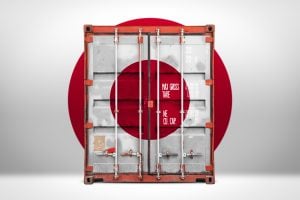
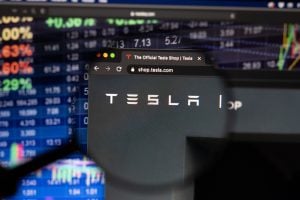
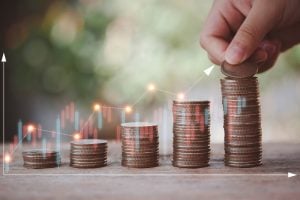

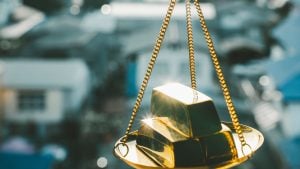



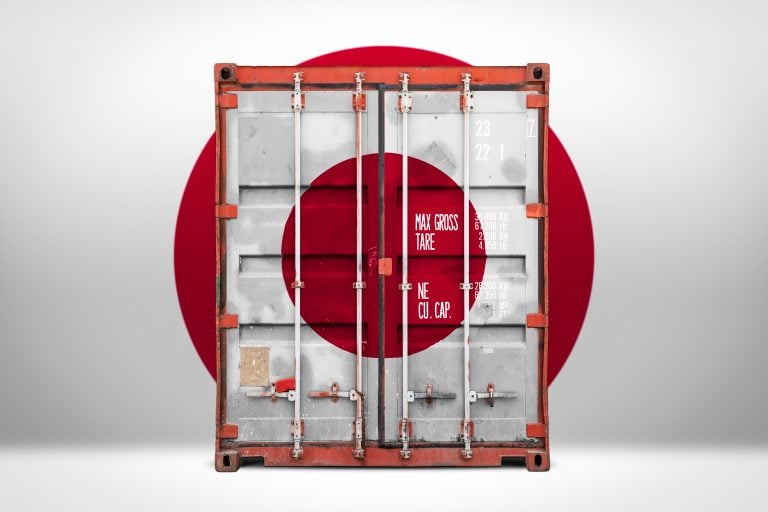
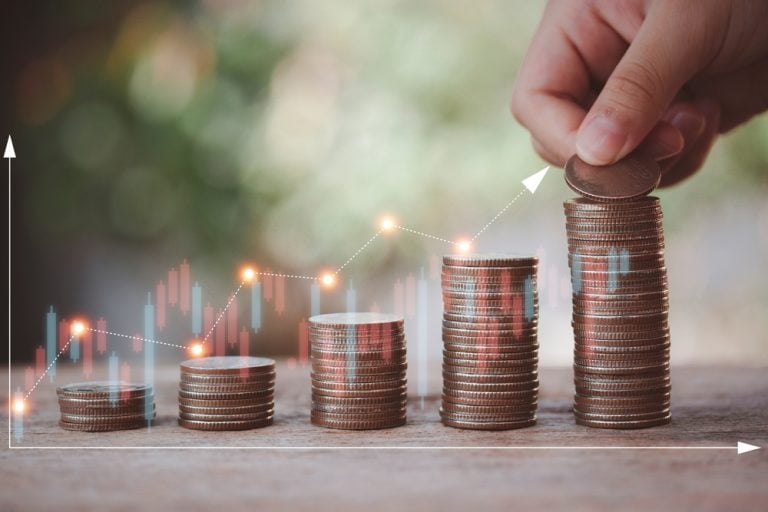



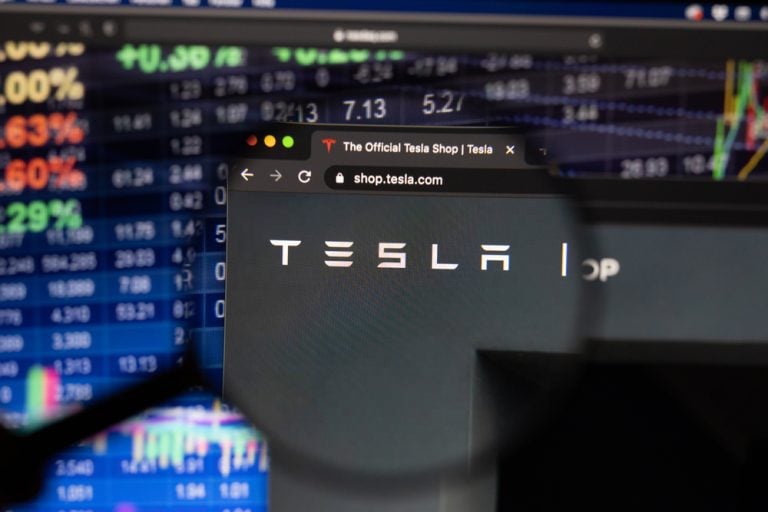
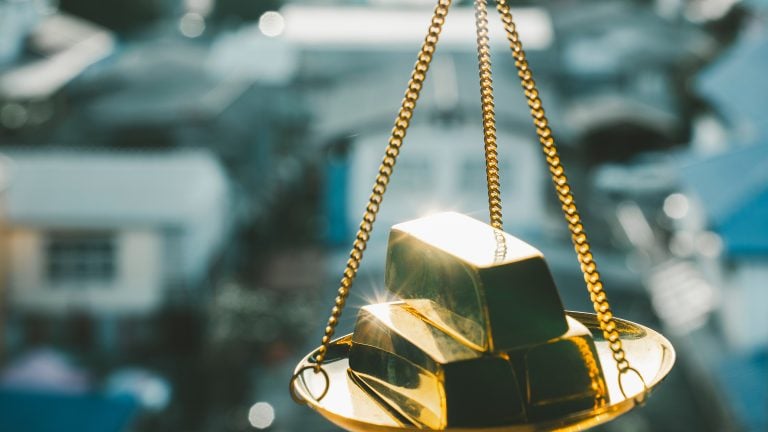
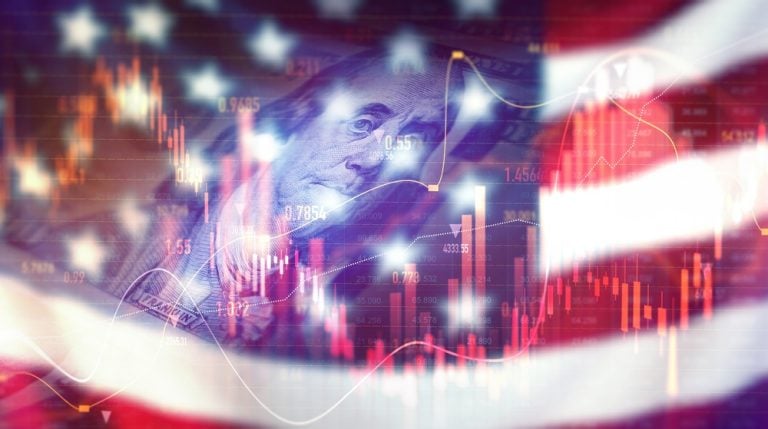
+ There are no comments
Add yours